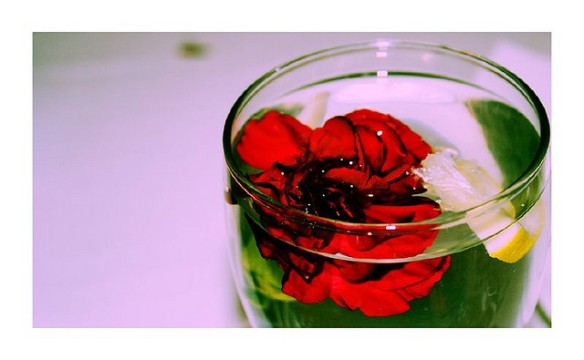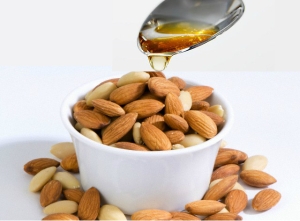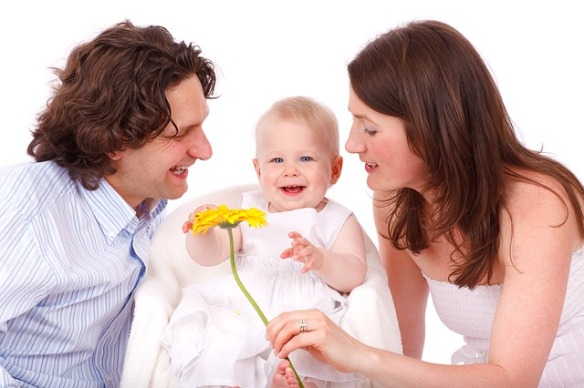 According to Ayurveda, the heat of summer is aggravates Pitta dosha, the metabolic principle responsible for energy production, metabolism and digestion. When aggravated, Pitta can give rise to increased anger, ulcers, rashes and other skin problems.
According to Ayurveda, the heat of summer is aggravates Pitta dosha, the metabolic principle responsible for energy production, metabolism and digestion. When aggravated, Pitta can give rise to increased anger, ulcers, rashes and other skin problems.
Pitta season starts in mid-June and lasts until mid-October. During this time you may find that your appetite is not as strong as during the cold months of the year. This is because in the winter the body has to provide its own heat, so the digestive fires burns at its brightest. As the outside heat increases, however, our inner fire diminishes. If you find your appetite is less in Pitta season, listen to what your body is telling you.
You’ll want to drink more liquids during the hot months of summer (room temperature to cool is acceptable, but never ice cold) but it is important not to douse the digestive fires by drinking liquids at the end of a meal.
Sunbathing can increase Pitta and therefore should be minimized. According to modern medicine, sunbathing increases the risk of skin cancer—and that risk is greater among Pitta types or those with Pitta aggravation. If you must be in the direct sunlight, wear a hat and sunglasses. The eyes are one of the five main seats of Pitta dosha and excess heat can accumulate there during the summer.
One way to help control Pitta is simply through diet. Pungent (spicy), salty and sour tastes increase Pitta. Sweet, astringent and bitter tastes reduce Pitta. Whether or not to adopt a Pitta-pacifying depends on your constitution and on any imbalances you might have. A trained Ayurveda expert can recommend the right regimen for you. Remember also that the differences among Ayurvedic diets are matters of degree. Whatever the season, we should always include the six tastes in every meal in order to nourish all of our body tissues.
Seasonal Maharishi Ayurveda purification and detoxification treatments, or Panchakarma, are recommended to keep the doshas from unhealthy levels of imbalance. Imbalance of the doshas arises in six successive states: accumulation, aggravation, dissemination, localization, manifestation and disruption. As long as the doshas don’t get past the accumulation or aggravation stage, we can avoid ill-health.
Once the process goes beyond the aggravation stage, however, some symptoms of disease or disorder may be experienced. The traditional rejuvenation treatments of Ayurveda help remove imbalanced doshas, loosening them from localized areas and eliminating them from the body.
For more information on the traditional detoxification treatments of Ayurveda or for information on consultations with Ayurveda experts, visit The Raj Ayurveda Health Spa and Treatment Center:
( Picture of a Rose in Water. Source: Google Advance Image Search.
Creative Commons. The image is used under the terms of Googles Creative Commons rules:http://creativecommons.org/licenses/by/2.0/deed.en. This photograph and credit do not constitute an endorsement of this blog or products mentioned.)




